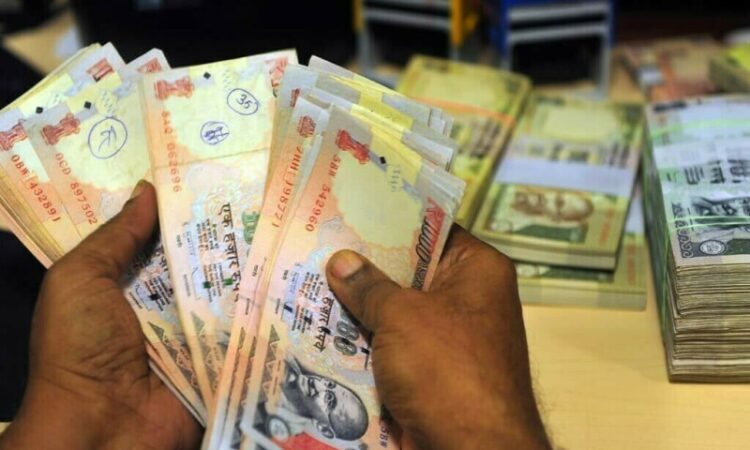
MUMBAI: The Indian rupee is set to open weaker on Monday, tracking losses in Asian currencies after U.S. President Donald Trump said he will introduce more tariffs.
The 1-month non-deliverable forward indicated that the rupee will open at 87.90-88.00 to the U.S. dollar, compared to its previous close of 87.4250 and past the lifetime low of 87.5825.
The Indian currency had managed a mini relief rally on Friday after the Reserve Bank of India was not more dovish than expected at its monetary policy decision.
The NDF is indicating is a “sizable up move” at open, which “when you consider the recent price action is not surprising”, he said.
“The 88 level will be obviously be the one to watch.”
Trump on Sunday said he will introduce new 25% tariffs on steel and aluminium imports into the U.S., along with reciprocal tariffs on all countries this week to match the rates levied by each country.
His new tariff plan marks a significant upturn in risks of a trade war, analysts said.
Reciprocal tariffs will perhaps garner the highest level of attention, said Chris Weston, head research at Melbourne-based broker Pepperstone.
Japan, India, Brazil, Vietnam, China and the EU nations are now firmly in the firing line, he said.
The offshore Chinese yuan dropped past 7.31 to the U.S. dollar, while the Korean won, the Indonesian rupiah and the Malaysian ringgit were down 0.4% to 0.7%.
There is significant uncertainty on what Trump will actually do when it comes to tariffs. Trump has previously delayed tariffs on Mexico and Canada and he has made reconciliatory remarks on China.
The key U.S. jobs report on Friday was pushed to a side note amid worries over the tariffs. The report was “encouraging” and is likely to give the Federal Reserve confidence in holding rates steady, ANZ Bank said in a note.




